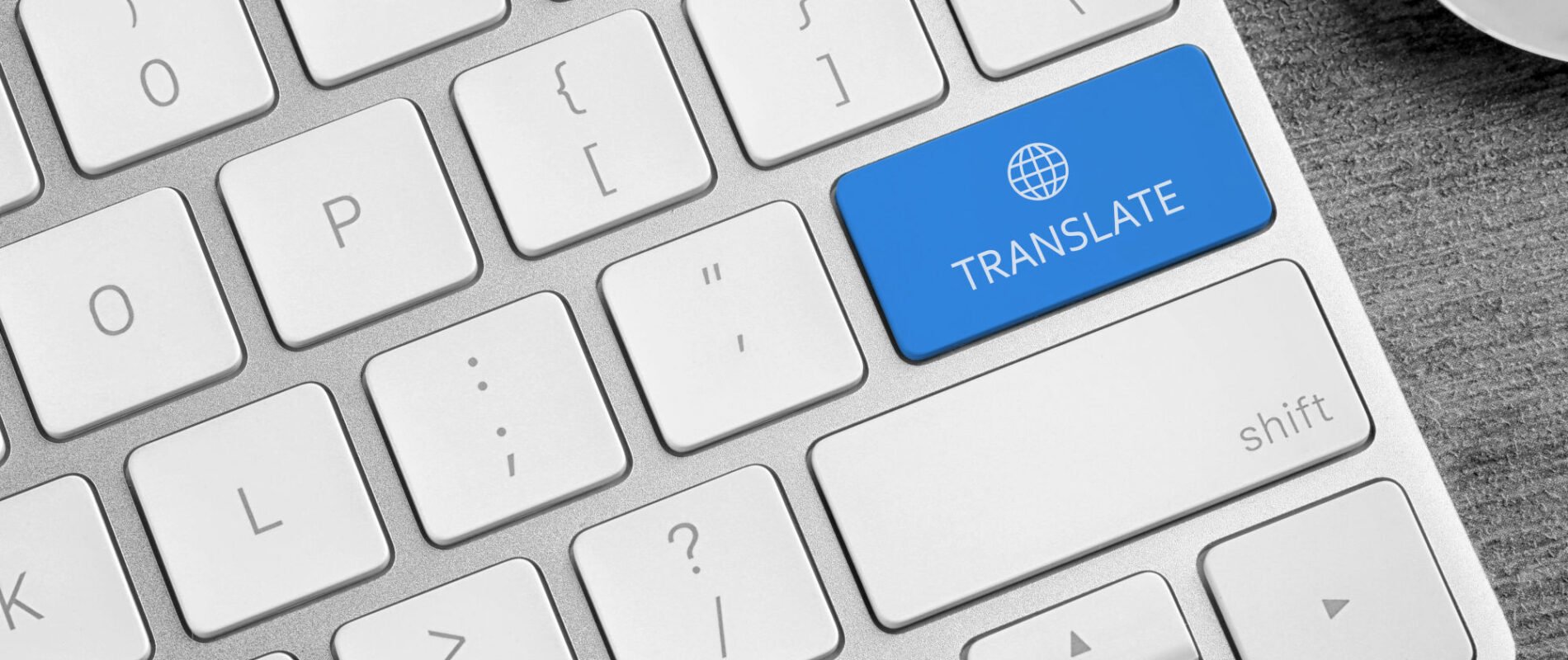Translation, the art of carrying meaning across linguistic borders, has been transformed by technology. Machine translation systems, powered by advanced algorithms and neural networks, have made remarkable strides, offering speed, scalability, and accessibility. Yet, despite their progress, there remains a distinct boundary where machine translation falls short of fully replacing human translators. This boundary lies in the realms of cultural nuance, contextual understanding, creativity, and ethical judgment, where human insight continues to hold an irreplaceable edge.
The Strengths of Machine Translation
Machine translation, exemplified by tools like Google Translate or DeepL, excels in efficiency. These systems process vast amounts of text in seconds, drawing from enormous datasets to produce translations that are often grammatically correct and functionally accurate. For straightforward texts—such as technical manuals, product descriptions, or casual conversations—machine translation delivers reliable results. It thrives in scenarios where speed is prioritized over perfection, such as real-time communication apps or automated customer service responses.
Moreover, machine translation is cost-effective. Businesses can localize content for global markets without hiring teams of human translators, making it an attractive option for high-volume, repetitive tasks. The technology’s ability to learn from data also means it improves over time, adapting to new linguistic patterns and user feedback. For instance, neural machine translation models can now handle multiple languages simultaneously, reducing the need for intermediary steps in translation workflows.
The Limitations of Machine Translation
However, the boundary between machine and human translation becomes evident when texts demand more than literal equivalence. Language is not merely a system of words and grammar; it is a vessel for culture, emotion, and intent. Machines struggle to navigate these complexities.
First, cultural nuance poses a significant challenge. Idioms, metaphors, and humor often rely on shared cultural knowledge that machines cannot fully grasp. For example, translating a phrase like “raining cats and dogs” into another language requires understanding that it denotes heavy rain, not literal animals falling from the sky. A machine might produce a literal translation, confusing the reader, whereas a human translator would adapt it to a culturally appropriate equivalent, such as “pouring buckets” in some languages.
Second, context is a hurdle. Machines excel at pattern recognition but often fail to interpret situational context. A single word can have multiple meanings depending on its use—consider “bank” as a financial institution versus the edge of a river. Human translators use their understanding of the text’s purpose, audience, and surrounding narrative to choose the correct interpretation. Machines, lacking this broader awareness, may select inappropriate terms, leading to errors that undermine the text’s intent.
Third, creativity in translation, particularly in literary or marketing contexts, remains a human stronghold. Translating poetry, novels, or advertising slogans requires not just linguistic accuracy but also stylistic finesse. A human translator might rephrase a slogan to preserve its emotional impact or rhythmic quality, while a machine might produce a flat, uninspired version. For example, translating a poetic line like “her eyes were oceans” into another language demands sensitivity to imagery and emotion, which machines cannot replicate with the same depth.
Finally, ethical judgment sets human translators apart. Translation often involves sensitive content—legal documents, medical records, or political texts—where errors could have serious consequences. Human translators can weigh the implications of their word choices, ensuring accuracy and appropriateness. Machines, devoid of moral reasoning, may inadvertently introduce biases or misinterpret sensitive terms, especially in politically charged contexts.
The Human-Machine Collaboration
Rather than fully replacing human translators, machine translation is best suited to complement them. A hybrid approach—where machines handle initial translations and humans refine the output—leverages the strengths of both. For instance, in professional settings, translators use computer-assisted translation (CAT) tools to boost productivity while applying their expertise to ensure cultural and contextual accuracy. This collaboration allows for scalability without sacrificing quality.
In specialized fields like literature or legal translation, human translators remain indispensable. Their ability to interpret subtext, adapt tone, and navigate ethical considerations ensures that translations resonate with their intended audience. Even in less specialized areas, human oversight is often necessary to catch errors or refine machine-generated drafts.
The Future Boundary
Looking ahead, advancements in artificial intelligence may narrow the gap between machine and human translation. Improved contextual understanding and cultural datasets could enhance machine performance. However, the boundary is unlikely to disappear entirely. Human translators bring an intuitive, empathetic, and creative dimension that machines, by their nature, cannot replicate. As long as translation remains an art as much as a science, humans will have a role in shaping its outcomes.
Machine translation has revolutionized how we bridge linguistic divides, offering speed and accessibility that humans cannot match. Yet, its limitations in handling cultural nuance, context, creativity, and ethical judgment mark a clear boundary where human translators remain essential. The future lies not in replacement but in collaboration, where machines and humans work together to make communication across languages both efficient and meaningful. In this balance, the art of translation endures, enriched by technology but grounded in human insight.











